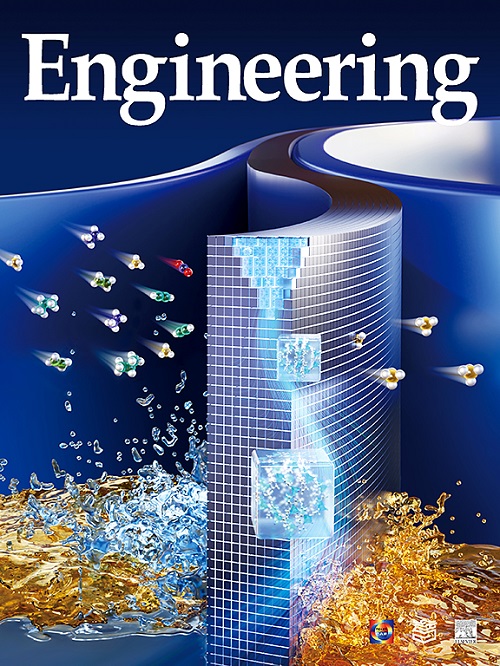Multi-Frequency Dual-Echo Magnetic Resonance Imaging for Real-Time and Artifact-Free Magnetic Robot Navigation
IF 11.6
1区 工程技术
Q1 ENGINEERING, MULTIDISCIPLINARY
引用次数: 0
Abstract
Magnetic resonance imaging (MRI) systems, outfitted with internal gradient coils capable of manipulating magnetic gradients in three-dimensional (3D) space, offer an intriguing platform for the navigation of medical magnetic robots. These robots offer considerable promise for applications in minimally invasive therapy, targeted drug delivery, and theranostic interventions. However, an MRI-driven robot presents a challenging contradiction between real-time control and image resolution, resulting in suboptimal tracking accuracy—attributed to the inefficiency of conventional signal acquisition and the presence of metal artifacts. In this paper, we report a multi-frequency excitation sequence with dual-echo (MFDE) that reduces the repetition time (TR) to 30 ms, allowing the precise tracking of magnetic particles (relative error <1%) without artifacts. The duty cycle of the driving gradient is as high as 77%, and perturbations from the imaging gradients are eliminated. Expanding on these foundations, we adapted our technique to 3D operations. We established an integrated platform for imaging and motion control by creating a three-view window and developing a control joystick to be used in conjunction with the platform. Demonstrations of navigation in a maze, in a phantom vessel, and in vivo animal trials validate its feasibility and effectiveness, providing a significant advancement in the field of MRI-guided magnetic robot control.实时无伪影磁机器人导航的多频双回波磁共振成像
磁共振成像(MRI)系统配备了内部梯度线圈,能够在三维(3D)空间中操纵磁梯度,为医用磁性机器人的导航提供了一个有趣的平台。这些机器人在微创治疗、靶向药物输送和治疗干预方面的应用前景可观。然而,mri驱动的机器人在实时控制和图像分辨率之间存在一个具有挑战性的矛盾,由于传统信号采集效率低下和金属伪影的存在,导致跟踪精度不理想。在本文中,我们报告了一种具有双回波(MFDE)的多频率激励序列,该序列将重复时间(TR)减少到30 ms,允许精确跟踪磁颗粒(相对误差<;1%)而不会产生伪影。驱动梯度占空比高达77%,消除了成像梯度的扰动。在这些基础上进行扩展,我们将我们的技术应用于3D操作。我们通过创建一个三视图窗口和开发一个与该平台结合使用的控制操纵杆,建立了一个集成的成像和运动控制平台。迷宫导航演示、幻船导航演示和活体动物实验验证了该方法的可行性和有效性,为mri引导磁机器人控制领域提供了重大进展。
本文章由计算机程序翻译,如有差异,请以英文原文为准。
求助全文
约1分钟内获得全文
求助全文
来源期刊

Engineering
Environmental Science-Environmental Engineering
自引率
1.60%
发文量
335
审稿时长
35 days
期刊介绍:
Engineering, an international open-access journal initiated by the Chinese Academy of Engineering (CAE) in 2015, serves as a distinguished platform for disseminating cutting-edge advancements in engineering R&D, sharing major research outputs, and highlighting key achievements worldwide. The journal's objectives encompass reporting progress in engineering science, fostering discussions on hot topics, addressing areas of interest, challenges, and prospects in engineering development, while considering human and environmental well-being and ethics in engineering. It aims to inspire breakthroughs and innovations with profound economic and social significance, propelling them to advanced international standards and transforming them into a new productive force. Ultimately, this endeavor seeks to bring about positive changes globally, benefit humanity, and shape a new future.
 求助内容:
求助内容: 应助结果提醒方式:
应助结果提醒方式:


